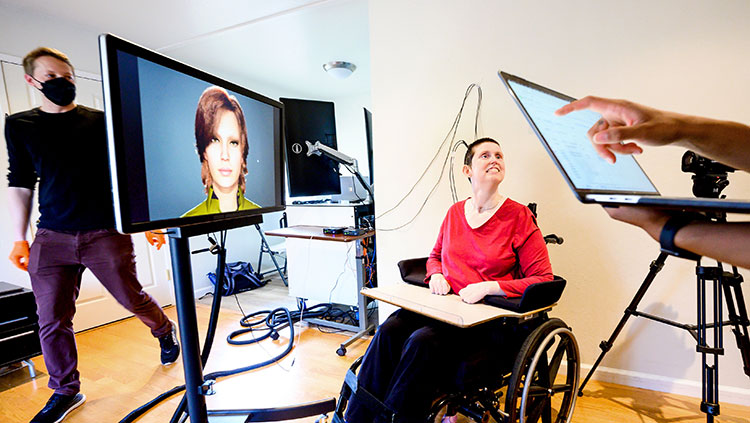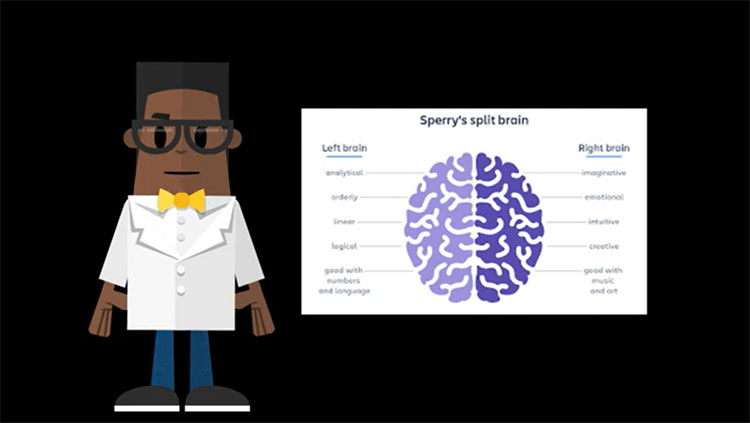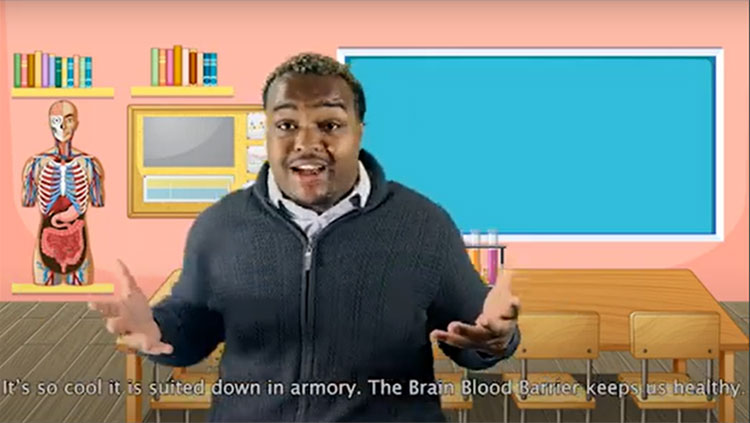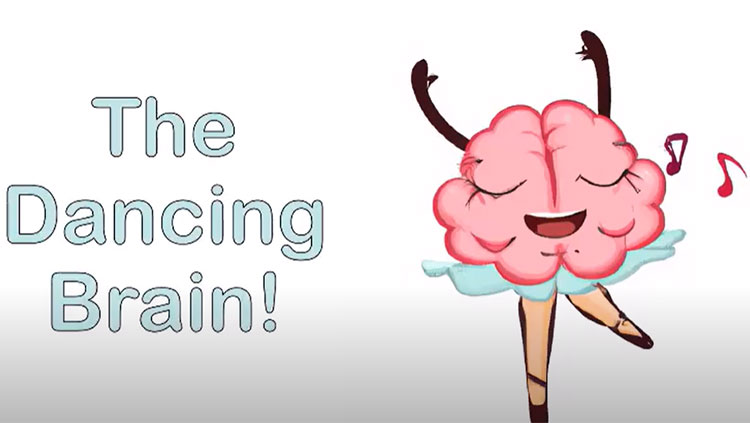The Reason Why a $28,000 Grilled Cheese Exists: The Fusiform Gyrus
- Published8 Oct 2021
- Source BrainFacts/SfN
Have you ever seen a face when looking at an object, like the front of a car? This phenomenon, dubbed pareidolia, is a direct result of the function of your fusiform gyrus. This face-specific processing area in the brain helps you to do things like protect yourself from potential predators, bond with others, and put more meaning into objects that resemble faces.
This is a video from the 2021 Brain Awareness Video Contest.
Created by Siri Palreddy.
CONTENT PROVIDED BY
BrainFacts/SfN
Transcript
sandwich sold for 28,000 dollars,
babies, and nearly forgotten relatives
all have in common with each other?
Well, each of these has something to do
with a very special area in our brain
called the fusiform gyrus. The fusiform gyrus
is located in your temporal and occipital lobes,
specifically spanning the basal surface
of your temporal and occipital cortex.
So if we looked at the bottom surface of your
brain, we'd find the fusiform gyrus right here.
The location of the fusiform gyrus is
pretty important when we think about its
primary function of facial recognition. The
temporal lobe deals with memory acquisition
and comprehension in general, while the
occipital lobe primarily allows us to see.
Face recognition is sort of a combination of both
memory and comprehension, as well as using visual
cues. So, the location of the fusiform gyrus along
the temporal and occipital lobes is intrinsically
tied to its function in facial recognition. But
how did we even discover the fusiform gyrus?
Before the late 1990s, there wasn't enough
scientific evidence to suggest there was a
different part of the brain for perceiving objects
from perceiving faces. It wasn't until a study in
1997 was published that the notion of a specific
region for facial recognition was solidified.
Depending on what sort of stimuli you experience,
different parts of your brain will be activated.
This type of activity can be measured with a
functional MRI, in which activated regions will
"Light up" in response to a stimulus. In 1997,
the first peer-reviewed paper supporting the
idea of a face-specific processing in the brain
showed that when human subjects were shown faces,
the area we now know as the fusiform gyrus lit
up. More specifically, a tiny area the size of
a blueberry within the fusiform gyrus displayed
a disproportionate amount of activity, with about
97% of the area lighting up when participants
viewed faces — but not when they viewed other
things like houses, hands, or cars. And even more
interesting, in most patients this activity was
concentrated on the right side of the brain. This
blueberry-sized region is aptly named the fusiform
face area. In a way, humans were made to see faces
not just in people but even in random stimuli.
Have you ever seen a face in a cup of coffee, or
a stain, or a car? Then you've experienced the
phenomenon called pareidolia, which is directly
connected to the fusiform gyrus's function.
And it makes sense from an evolutionary
standpoint that recognizing faces come so
naturally to humans. Carl Sagan, the
notable astronomer, once theorized,
"Those infants who a million years ago were
unable to recognize a face smiled back less,
were less likely to win the hearts of
their parents, and less likely to prosper.”
So if we understand Sagan's quote correctly,
infants with a particularly active fusiform gyrus
would survive and grow up to pass on their genes —
and consequently, their active fusiform gyrus — to
future offspring. And in the adult stage, the
fusiform gyrus and pareidolia continued to be
useful. If our ancient predecessors assumed
they saw a face even when there wasn't one,
it could protect them from potential
danger in the form of, say, predators. But
in today's day and age, we're not really using our
fusiform gyrus to defend ourselves from predators.
Remember that grilled cheese sandwich and how I
said it was also related to the fusiform gyrus?
Well, the reason it was sold for so much money
was because people saw an image of the Virgin
Mary in the brown spots of the
sandwich. It just goes to show
that humans can find faces in pretty much
anything because of our fusiform gyrus.
However, there's still so much to learn about the
fusiform face area. More studies are being done,
for instance, some showing how even blind
individuals utilize their fusiform gyrus,
thus, challenging the idea that visual
perception is needed for facial recognition.
With a purpose so integral to humans' evolutionary
journey and how we function with other people,
it's hard to imagine what we'd do without our
fusiform gyrus. And if you ever manage to sell a
sandwich with a face in it for an insane amount of
money, you know what part of your brain to thank.
Also In Anatomy
Trending
Popular articles on BrainFacts.org


















